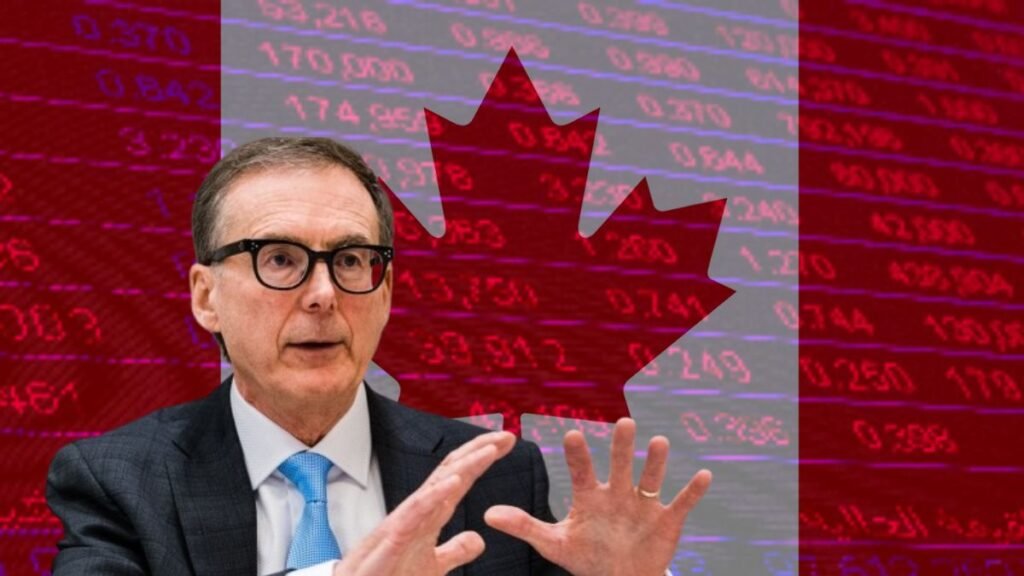According to one of the investment analysts, the Canada rate cuts might be more than expected of the Bank of Canada. Jeffrey Kleintop, chief global investment strategist at Charles Schwab, recently said that the inflation might drop faster to the 2% target, making the rate cuts happen sooner. In the interview, Charles mentioned that there is a possibility of quicker Canada rate cuts, making the April interest rate announcement important.
What Do Strategists Say About Canada Rate Cuts?
Kleintop believes there is a 50-50 chance because of inflation trends and the current economic situation. However, the market thinks that the possibility of a rate cut to happen is around 30%.
According to Kleintop, Canada is very closely related to link to the global manufacturing supply chain and primarily relies on natural resources heavily.
To base his predictions for the Canadian rate cut, Klientop is looking at the data released by the Canadian Manufacturing Purchasing Managers Index, which includes pricing data provided by business leaders. This pricing information in the index usually contains predictions of consumer prices about six months ahead.
Kleintop has suggested that the data from the index, which indicates inflation, could go lower than the 2% target of the Bank of Canada, making the rate cuts happen more than what the market is expecting.
Inflation Data for January
The inflation rate in Canada has decreased more than expected due to the prices of gasoline, airfare, and clothing going down. Moreover, the annual inflation rate has been reduced to 2.9%, compared to the 3.4% reported in December.
James Orlando, director and senior economist at TD Economics, recently said that the Bank of Canada should change its approach to inflation as he pointed out that over half of Canada’s total inflation is due to housing costs. He added that the only reason the Bank of Canada cannot reach its 2% inflation target is due to its housing costs.
The major decrease, the decline in the CPI data of January, was the reduction in gasoline prices, which went down by 4.0% compared to an increase of 1.4% in December. If the gasoline prices are taken out of consideration, the CPI has reduced to 3.2% year over year in January, down from 3.5% growth in December.
Moreover, the increase in food prices was slower, making the rate 3.4% year over year, lower compared to the 4.7% reported in December, helping to lower the overall Consumer Price Index (CPI).
Additionally, the decreased prices for airfares and travel tours also played a vital role in slowing down the headline inflation rate.
When compared monthly, the CPI did not change in January compared to December, when the CPI had decreased by 0.3%. The CPI, when adjusted for seasonal changes, showed a decrease of 0.1% in January, making it the first decrease since May 2020.
When looking at the CPI data across different provinces, prices increased at a slower rate in January compared to December in nine provinces.
Alberta had faster price growth, mainly because of higher electricity prices in January at 119.9% compared to 22.9% reported in December, partly due to a base-year effect. In Saskatchewan, the removal of the carbon levy in January led to a year-over-year reduction of natural gas prices by 26.6% compared to last year.
Read Also:
Fed Rate Cuts Plans Not Thwarted by Strong US Economy
Bitcoin Price Today Reaches $57000, A First After Two Years
Goldman Sachs Strategists See Potential for the Stock Market Rally to Expand
